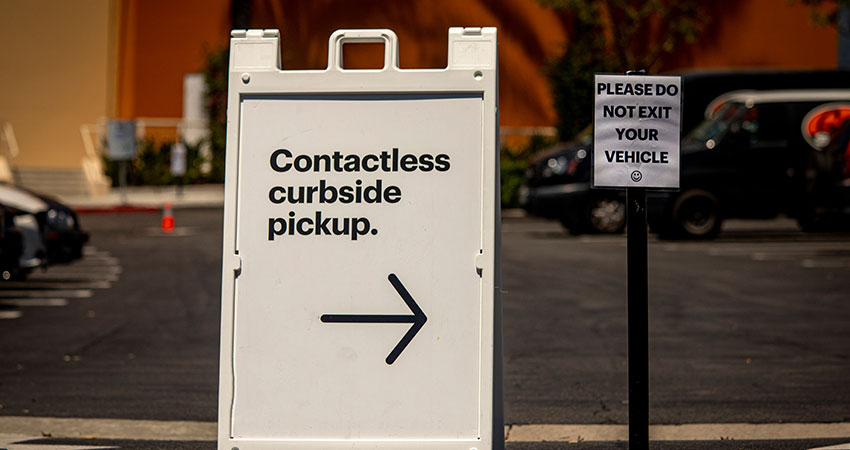The ability to be everywhere your customers are and deliver when where and how they choose, aka omnichannel, has never been more critical than during the post-pandemic era, but most brands aren’t prepared to meet consumer expectations, according to a report from NewStore.
Not surprisingly, providing safety and convenience, such as contactless payment and fulfillment options, were atop the list of winning practices cited by the report.
“Many brands made attempts to implement omnichannel capabilities like BOPIS and curbside pickup during the height of the pandemic; however, most don’t have a solution that truly integrates their web storefront and their physical locations,” NewStore concluded in the report. “Their solutions are also inconsistent across their store network, meaning they can only support some of their customer base.”
Brands identified as omnichannel leaders by NewStore included Louis Vuitton, Nordstrom, Saks Fifth Avenue, Cuyana and Michael Kors. Those with the lowest scores were not identified.
In the category of omnichannel convenience, including things like BOPIS, store returns and digital clienteling, only 4% of brands were rated as “thriving,” while the largest number, 39%, were classified as “avoiding” by NewStore. Thing didn’t improve in the area of customer experience, taking in things like booking appointments online, not requiring a receipt for returns and allowing scheduling of pickup times: only 1% were graded “thriving” while 50% were deemed “avoiding.”
Slightly less than a third of the brands surveyed (32%) offered curbside pickup of online orders, even though demand and adoption has been skyrocketing since the March lockdowns, and only 44% show store inventory online, a huge disconnect that leaves sales on the table.
Brands did slightly better in offering buy online pickup in store (BOPIS) at 40%, according to NewStore, up from 25% in 2019, but this option is not as popular with shoppers as curbside. BOPIS and curbside can be very successful, with Salesforce reporting retailers that offered one or the other saw a 127% increase in Q2 ecommerce sales vs. the prior year.
Looking to quicky implement BOPIS and curbside without a full system in place, 23% of brands surveyed instituted a temporary fix where shoppers are notified by email or have to call the store to arrange a pickup. “This is one step too many for shoppers who want convenience,” NewStore reported.
Contactless payment through mobile apps has been on the radar of retail for years but didn’t really catch on in a major way until the pandemic forced the issue. Contactless is now available at 83% of the brands surveyed by NewStore, up from 75% last year and 57% in 2018. Retailers are also letting shoppers know of this capability like never before, with ads for contactless payment up 152% from 2019.
Phil Granof, CMO of NewStore, said consumers may have been somewhat forgiving of retailers and brands considering the challenges of operating in a pandemic, but that window is rapidly closing.
“Anything that was quickly pulled together, like curbside, will continue to be of interest to consumers,” Granof said. “Now brands need to integrate most of the touchpoints consumers are exposed to. If there are curbside slots available, they want to be there in five minutes, with everyone there trained and knowing what they’re doing. The glitches like inventory mismatches need to go away. Once the virus slows down, you’ll see that shoppers will remain purposeful, wanting to get in and out.”
NewStore audited 200 luxury, premium and lifestyle brands to determine their omnichannel competence in 14 core areas, especially how well they provided a safe and socially distanced shopping experience. The research focused on the seamlessness of each function and how digital and physical storefronts were integrated to meet customers’ needs.

